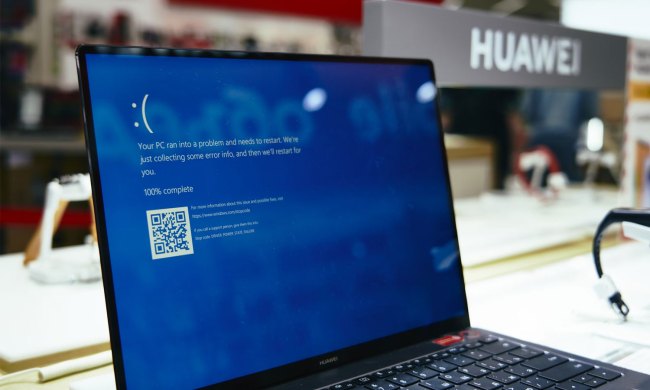
After all the big data breaches that occurred in 2013, from Target to Nieman Marcus to the Adobe breach, it’s no surprise to us that, according to McAfee’s latest online threats report, dubbed “McAfee Labs Threats Report Fourth Quarter 2013,” instances of malware scurrying around on the web rose sharply between the third and fourth quarters of last year.
According to McAfee’s findings, instances of new malware rose from roughly 22 million during the third quarter of 2013, to roughly 27 million during the fourth quarter of last year. Overall, McAfee found that total malware in the third quarter of 2013 amounted to about 170 million instances, with that number spiking to just short of 200 million during the fourth quarter.
However, not all of the news here is about doom and gloom. For example, instances of new ransomware dropped significantly, from roughly 320,000 during the third quarter of 2013 to just north of 200,000 during Q4 of the same year. On top of that, rootkits malware dropped by 73 percent when comparing the Q4 2013 numbers to the Q4 2012 stats, a trend that McAfee says has continued since 2011.
You might be surprised to hear this, but McAfee’s support claims that North America is the biggest home to servers that host what it calls “suspect content”, taking home 55.9 percent of that global pie. Europe came in second, taking a hefty 31.9 percent share of that dubious distinction, with Asia-Pacific a distant third at 8.4 percent.
You can read the full McAfee report here.
What do you think? Sound off in the comments below.


